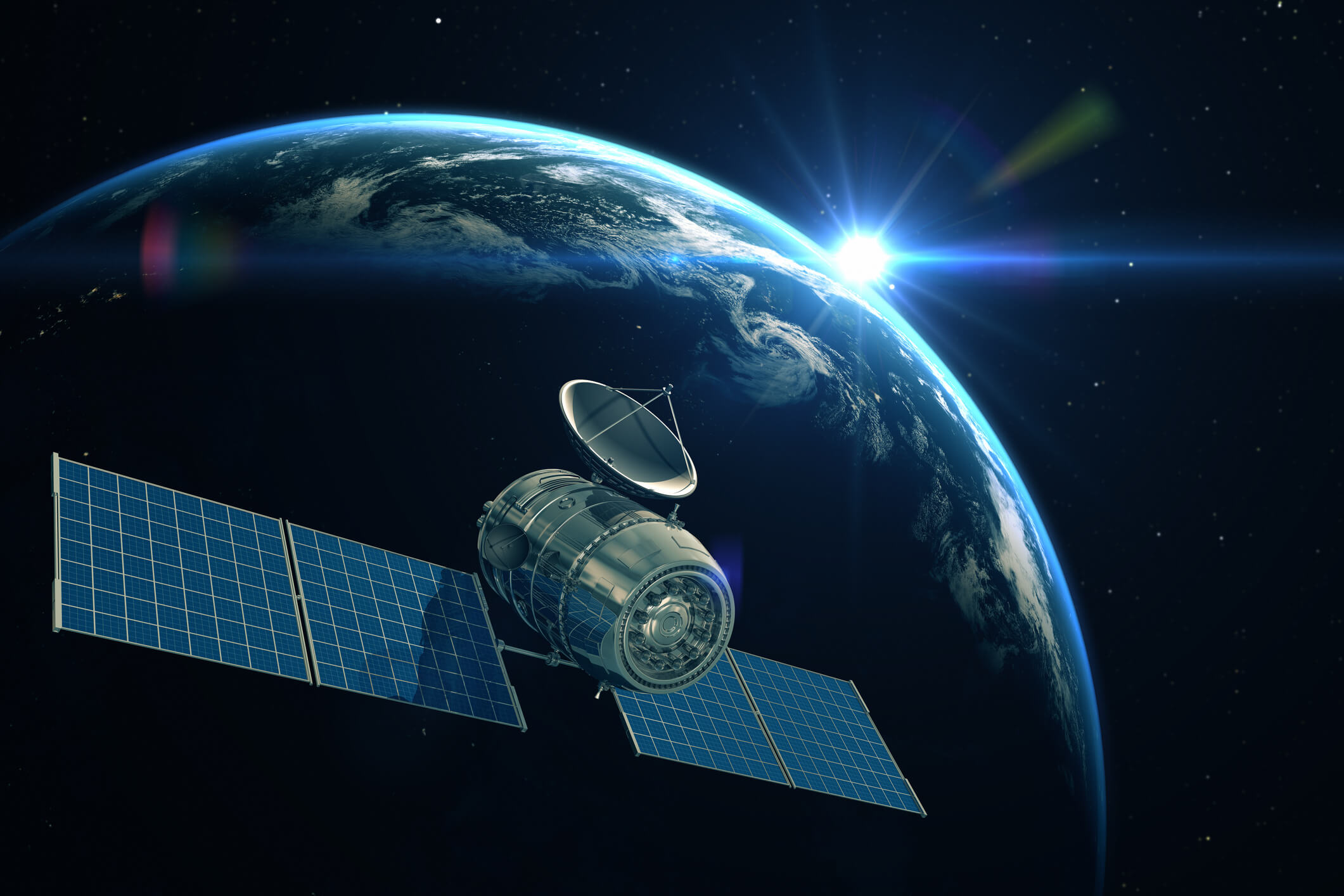Electronic Measurements and Instrumentation
Overall Course Objectives
To give a basic foundation in essential methods used in electronic measurements of physical quantities. Laboratory exercises will give the student experience with a number of principles used to convert a physical parameter into an electrical signal and the first analogue processing of the often noisy signal.
Learning Objectives
- build and debug small electronic circuits
- perform laboratory measurements with digital oscilloscope
- analyse sensors for sensitivity and linearity
- explain the principle of instrument and sensor calibration
- select sensors for temperature measurements and apply these in small measurement systems
- apply strain gauges for deformation measurements
- apply Wheatstone bridges in smaller measurement systems
- apply the piezoelectric effect in small measurement systems
- select sensors for vibration measurements and apply these in small measurement systems
- apply circuit blocks in small measurement systems.
Course Content
The course treats instrumentation systems and selected sensors such as thermistors, strain gauges and sensors based on inductive, capacitive and piezoelectrical effects. Electronic principles used to convert sensor signals to more convenient analogue signals are also treated.
The laboratory exercises give the student practical experience applying different sensors and electronic components.
Recommended prerequisites
30015/34600/30032/10036/30400/34120, A basic understanding of electronic circuits and components as well as Matlab.
Teaching Method
Compulsory laboratory exercises.




